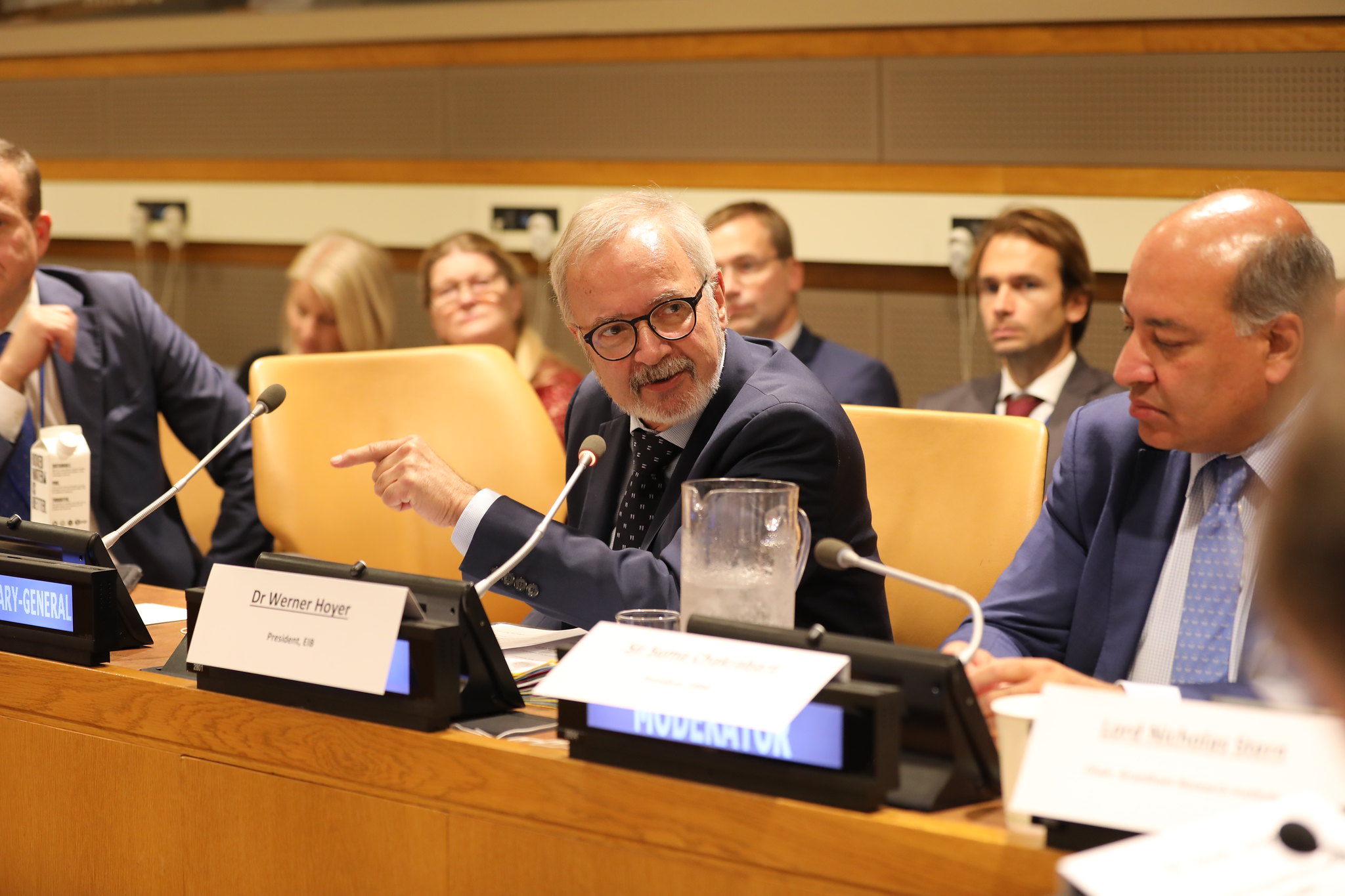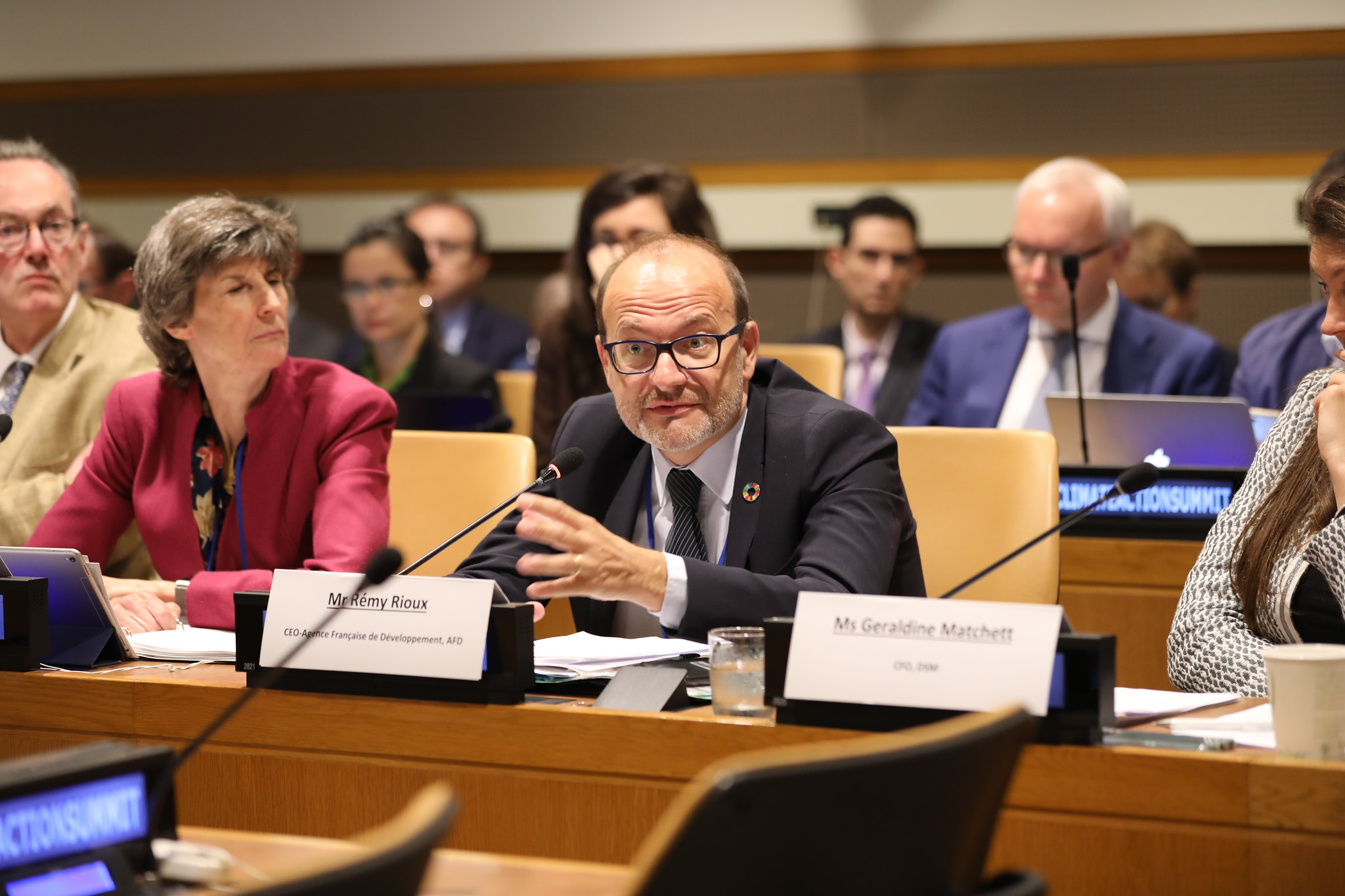For the second consecutive year, debate over carbon markets sullied the outcome of global climate change negotiations. COP25 in Madrid began with Article 6 on international mitigation cooperation as the only unfinished section of a rulebook for executing the Paris Agreement, and the wickedest problem on the docket. A year of advance work and two weeks of deliberation proved insufficient, and Article 6 will again be front and center at COP26 in Glasgow in 2020.
Why is Article 6 so contentious and what are the implications of another failure to resolve it?
While almost impenetrably technical on the surface, Article 6 reveals fundamental differences in how countries see the climate change problem and their responsibility for solving it. The stakes for finding solutions are rising alongside widespread preferences for “net-zero” targets, making the relative failure of Madrid and the stakes for Glasgow more critical.
Net-zero targets are an attractive prospect. IPCC analysis alongside other modelling efforts lay bare the need to get to net-zero global emissions by mid-century and begin a precipitous decline from there. The absence of headline-grabbing declarations at the September UN Climate Summit obscured a quiet and growing momentum behind net-zero commitments. What better than major countries (eg: the EU sans Poland, Japan, the United Kingdom) and firms (eg: Maersk, Nestle, Unilever) committing to net-zero targets? The spread of such targets should arguably become a pillar of climate mitigation diplomacy – but only if they are real, and only if the structures propping up net-zero commitments are redoubled and improved.
Net-zero strategies imply reducing local or internal emissions while also facilitating their reduction or removal elsewhere. Emissions reductions (from fuel switching to efficiency gains) and removals (from planting trees to negative emissions technologies) can hypothetically happen anywhere and be counted toward a country’s or firm’s net-zero target, provided they facilitate the changes in whole or in part. The atmosphere is agnostic on where reductions take place, leaving the task one of diligently accounting what has happened where and who is responsible for it.
On the latter point, international climate efforts are at a crossroads. Market-based approaches were instrumental parts of the previous generation of climate diplomacy. The 1997 Kyoto Protocol was based in part on enabling the wealthier countries subject to emissions restrictions to not have to face them through domestic measures alone. They could pay for and help execute emissions reductions elsewhere – largely in less wealthy countries – and account for those reductions in their own inventories. This system trickled down to firms, which sought to meet emissions reduction commitments by combining internal abatements with support for emissions reductions elsewhere.
The logic here is straightforward: as a firm or a country reduces its emissions, low-hanging fruit options are exhausted and cheap emissions become harder to come by. Its economies of scale in reverse. Given that reducing of a ton of emissions in one place is as good as any other, if countries or firms can facilitate cheaper reductions outside of their own borders or operations, they can address climate change at lower costs. By extension, such cheaper reductions can enable more ambitious goals in the future.
Country-specific emissions targets provided a foundation for these efforts. During the Kyoto-era a mix of top-down UNFCCC management and conventional diplomatic horse-trading yielded reduction targets for developed (Annex I) countries, and a starting point for accounting for reductions themselves. The record of ensuing approaches was mixed; lessons were learned, GHG tons were abated, and hot air was bought, sold and traded. Past record aside, this foundation no longer exists.
The system that rose from the ashes of the 2009 Copenhagen negotiations has advantages, but it makes a complicated market landscape even thornier. The Paris Agreement system calls for targets and strategies from all countries constructed in their own image. This levels the playing field and erodes some past divisions, but also means international markets now operate across a landscape of highly differentiated country commitments. Different baseline years and business-as-usual measuring sticks, divergent sector coverages, and varying designs and capacities for measuring, reporting and verifying emissions reductions are all minefields that market practitioners must navigate. All come back to the central challenge of ensuring the veracity that a ton of GHG claimed to be reduced has actually been reduced, and that it is only being counted once.
Enter the contentious negotiations over the Article 6 rulebook. Talks last year in Katowice broke down over disputes over preventing double counting, and by extension core differences in how parties see their Paris commitments. Schisms on differentiated climate responsibilities continued to bleed into market debates in Madrid.
With Brazil, India and Saudi Arabia at the forefront, a select number of potential emissions credit sellers argued that if reductions are additional (ie: they would not have happened without the intervention), then credits they sell or use toward other ends (such as offsetting airline emissions) do not need to be removed from their national reduction accounting inventory. This is antiquated logic based in part on past systems that required reductions only from developed, Annex I, countries, and would make double-counting more likely while undermining the veracity of international market transfers along the way. Brazil and India among others likewise called for credits from the Kyoto-era to be absorbed into the new system in mass, leading to fears that markets will be flooded with cheap older credits of dubious mitigation value.
The beginnings of a potential deal emerged in Madrid that responds to these two challenges. It essentially called for more robust accounting rules to address double-counting in exchange for some continued use of Kyoto-era credits moving forward. Some version of such a quid pro quo needs to be realized in 2020 for markets to fit meaningfully into post-Paris international climate change accounting. Without them, countries will continue to use markets, but the global accounting of market-based reductions will be shaky, and the decisions of firms on how or whether to invest market-based emissions reductions more difficult.
As for the rise of net-zero targets in the context of uncertainty around Article 6, the risk is that such targets become a romantic panacea used by countries and firms to defer difficult internal abatement measures in favor of market measures that will struggle to give an accurate account of the global emissions ledger. Avoiding this scenario and enjoying the virtues markets can bring begins with finding enough common ground on how such markets work across borders to give confidence that a ton reduced is real, unique, and can reliably be accounted for on the international stage.
Dr. Jackson Ewing is a Senior Fellow at The Nicholas Institute for Environmental Policy Solutions at Duke University and an Adjunct Associate Professor at the Sanford School of Public Policy at Duke University.











